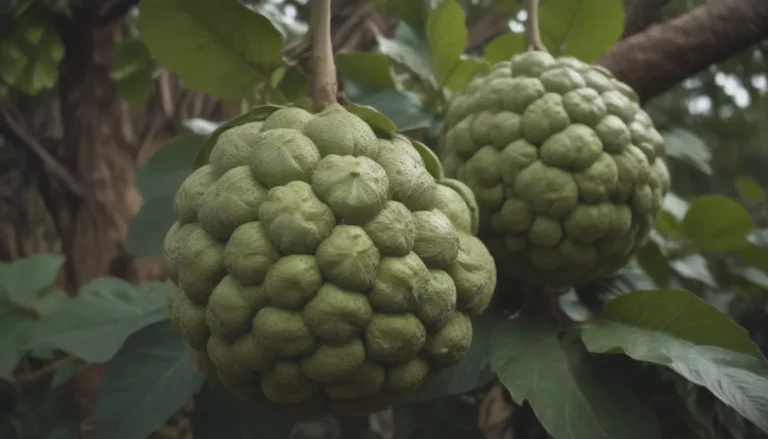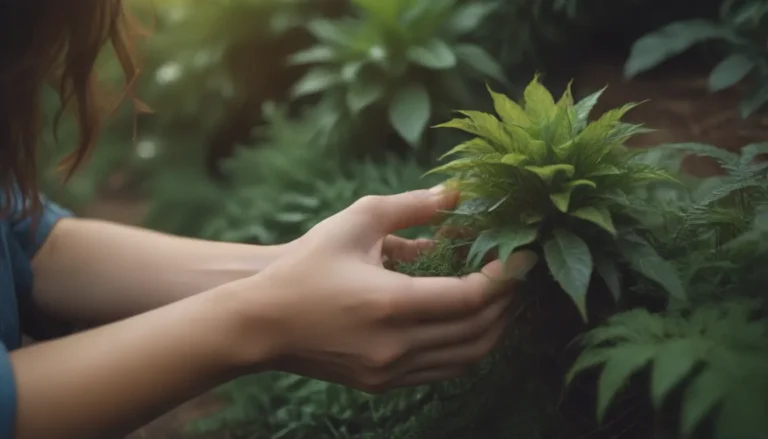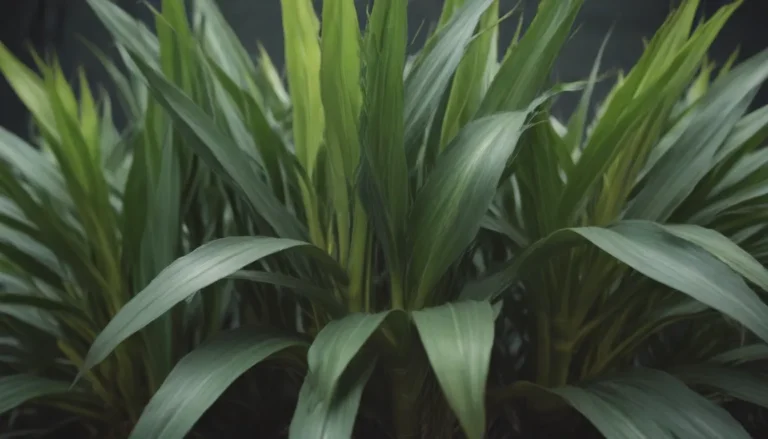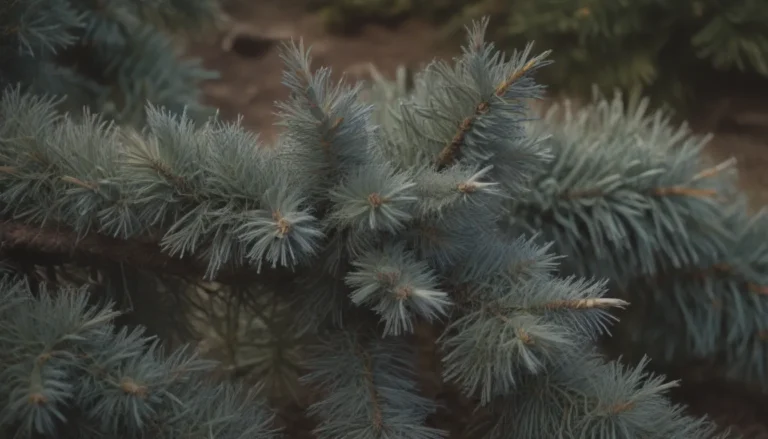The Ultimate Guide to Growing and Caring for Turtlehead Plants
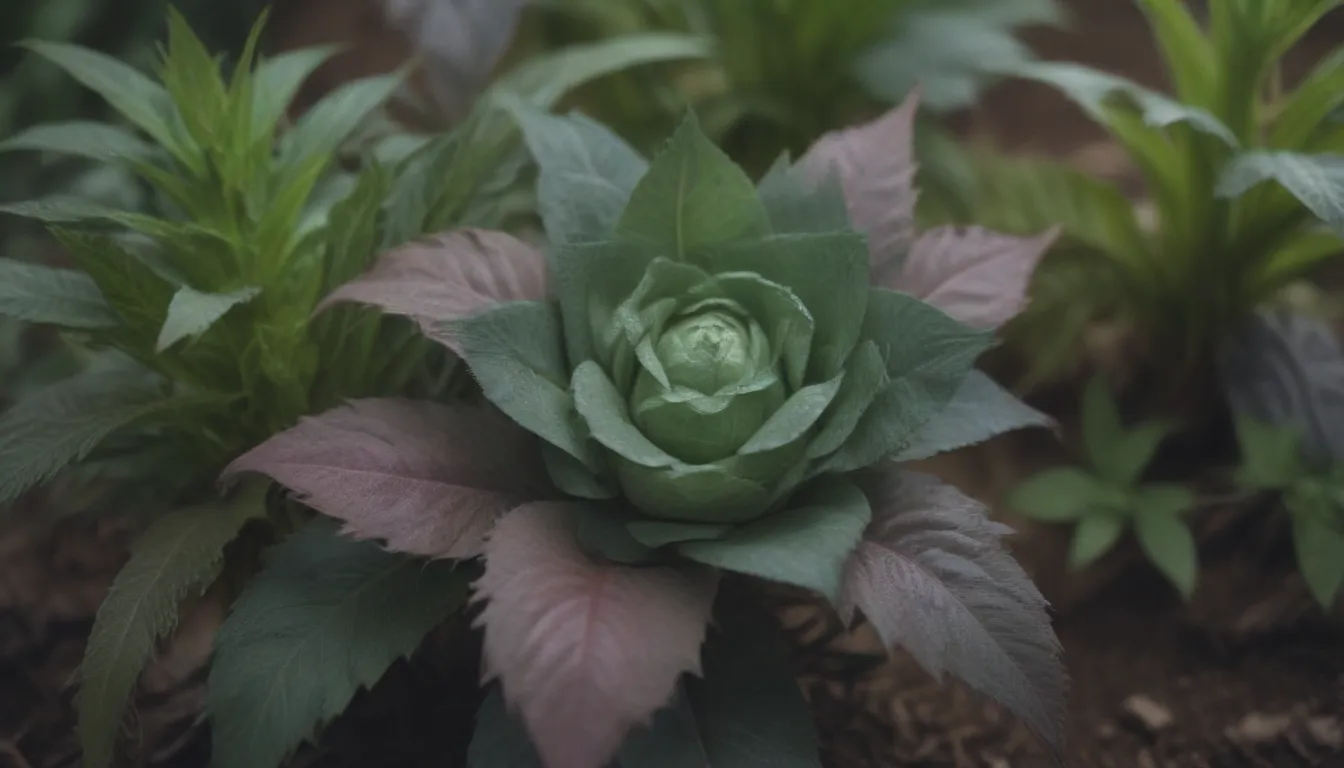
If you’re looking to add a unique and beautiful wildflower to your garden, look no further than Turtlehead plants. These clump-forming perennials are native to eastern North America and boast hooded flowers that resemble snapdragon blooms. But what sets them apart is their fascinating history and mythology, making them a fantastic addition to any garden.
The Fascinating Story of Turtlehead Plants
The common name “Turtlehead” comes from the flower’s resemblance to a turtle’s head, but the genus name Chelone has an even more intriguing origin. In ancient Greek mythology, a nymph named Chelone chose not to attend the marriage of Zeus and Hera. As a result, she and her house were thrown into a river, where she transformed into a tortoise that carried her house on her back. This story gives the Turtlehead plant a unique and mystical allure that adds to its appeal.
Varieties and Growing Conditions
While there are different species of Turtlehead plants, they all share similar growing conditions. They vary in size, appearance, bloom color, and native range. Red Turtlehead (Turtlehead obliqua) blooms in midsummer or early fall and thrives in boggy areas but can also be grown in partially shaded home gardens. Its dark green, oval leaves and upright stems make it a standout addition to any landscape.
Turtlehead Care Tips
Here are some essential care tips to help your Turtlehead plants thrive:
Light
- Turtlehead plants prefer moist soil and filtered sun.
- They can tolerate partial shade but do not like dry soil.
- Providing a layer of leaf mulch can help keep the soil cool and moist.
Soil
- Turtlehead plants prefer moist, organically rich soil with a neutral pH level between 6.0 and 7.0.
Water
- Keep your Turtlehead plants continually moist, especially during the first year of growth.
- Regular watering is essential for the plants to establish themselves and thrive.
Temperature and Humidity
- Turtlehead plants prefer mild, moist conditions and may struggle in hot, arid climates.
- Providing some shade and mulching the ground can help them thrive in warmer climates.
Fertilizer
- Avoid feeding your Turtlehead plants during their first year of growth.
- A yearly spring feeding with a balanced liquid fertilizer can encourage blooms.
Types of Turtlehead Plants
There are several species, hybrids, and cultivars of Turtlehead plants to choose from. Some popular varieties include:
- Chelone obliqua ‘Alba’
- Chelone obliqua ‘Tiny Tortuga’
- Chelone glabra (white Turtlehead or balmony)
- Chelone glabra ‘Black Ace’
- Chelone lyonii (pink Turtlehead)
- Chelone lyonii ‘Hot Lips’
Pruning and Propagating Turtlehead Plants
To keep your Turtlehead plants healthy and vibrant, consider the following tips:
Pruning
- If your plants start to flop over, prune or pinch back the stems in mid-spring to promote fuller growth.
Propagating
- Turtlehead plants are easily propagated by division.
- Divide them in early spring in cooler climates or early fall in warmer zones for the best results.
How to Grow Turtlehead from Seed
While Turtlehead plants are often grown from potted nursery plants, they can also be grown from seeds with these steps:
- Some species require cold stratification to germinate, so be sure to check the seed package for specific instructions.
- Start seeds indoors in the spring and transplant them outside once they are at least six inches high.
- Prepare the soil with compost and peat moss before planting the seedlings in the garden.
Common Pests and Diseases
Fortunately, Turtlehead plants are rarely bothered by pests or diseases. This makes them an excellent choice for low-maintenance gardens.
How to Get Turtlehead to Bloom
Once your Turtlehead plants have established themselves, follow these tips to encourage blooming:
- Pinch the tips of each shoot to promote bushier growth and showier blooms.
- Since Turtlehead blooms late in the season, no deadheading is necessary.
Common Problems and Solutions
Here are some common issues you may encounter with Turtlehead plants and how to address them:
- Powdery mildew: Keep the plants evenly moist and water them at the base to prevent this issue.
- Floppiness in shade: Staking may be necessary for plants grown in shady areas.
- Rhizome clumping: Turtlehead plants slowly form clumps, but they are not invasive and can be controlled easily.
Turtlehead for Wildlife and Pollinators
Turtlehead plants attract bees, hummingbirds, and Baltimore checkerspot butterflies, making them a valuable addition to any pollinator garden. Their non-toxic nature also makes them safe for pets, including dogs.
In conclusion, Turtlehead plants are captivating and easy-to-grow additions to any garden. Their unique history, beautiful blooms, and minimal maintenance make them a must-have for gardeners looking to add a touch of charm to their outdoor spaces. With the right care and attention, Turtlehead plants will reward you with stunning flowers and attract beneficial wildlife, creating a harmonious and vibrant garden environment.


